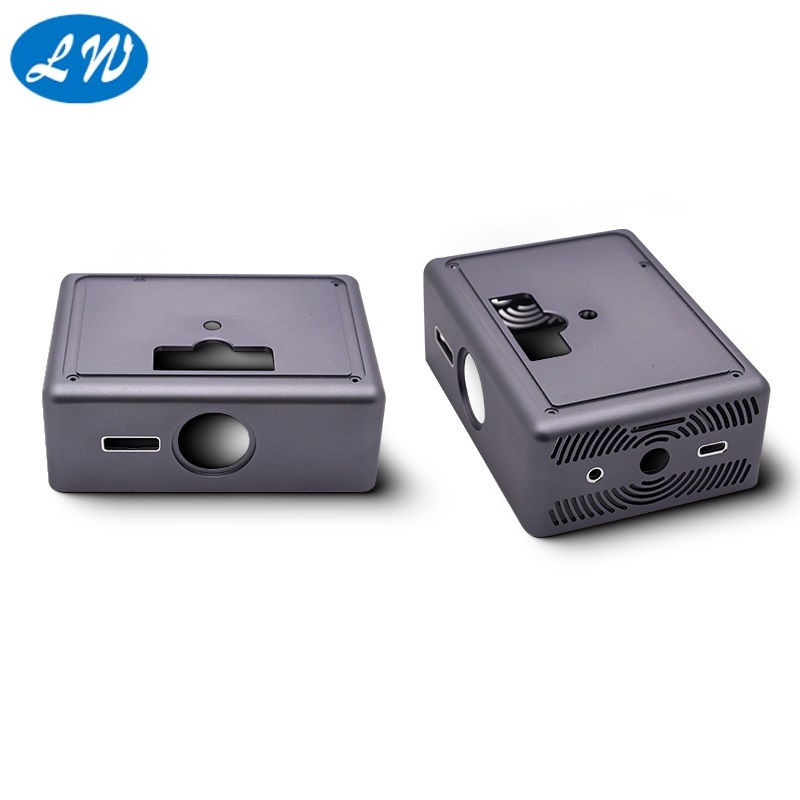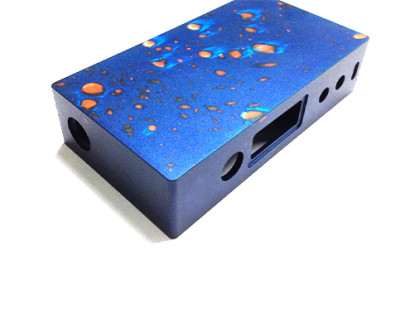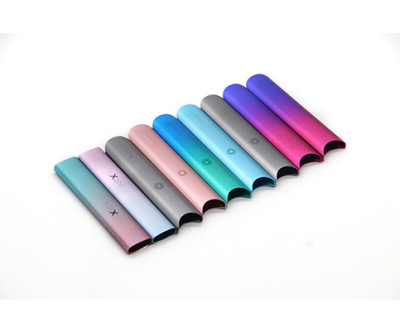Two Methods Of Prototype Proofing Classification
With the continuous progress of science and technology in our country, in addition to Steel Machining processing technology, printing technology and service have made a qualitative leap, and the prototype proofing process is becoming more and more diversified. It is such a diversified process that can satisfy each For different printing requirements, what are the types of prototype proofing process? How is each type made? Let’s see the specific introduction.
1. Complex mold (vacuum infusion): The complex mold is a silicone mold made in a vacuum state using the original template, and poured with PU material in a vacuum state, so as to clone a mold that is the same as the original, but smaller than the original. A replica with high temperature resistance and good strength and hardness. This method can be used if the customer requires small batches of prototype proofing, which can reduce costs.
Compound molding materials are: ordinary PU: more brittle and tough; transparent PU: better raw material, but the price is more expensive; rubber-like PU; 8400 soft rubber.
The technology of vacuum complex molding can be used in two ways: to produce small batches of product samples and to change materials. Changing the material can change the model carved from gypsum sludge to PU or POLY material that is easy for subsequent processing, or change the ABS material to a material with special requirements.
2. CNC prototype production: CNC is a computer numerical control machine tool that is excavated with a full board according to the numbered program. CNC milling machines are specially used to process some square and irregular objects, while lathes are used to process round objects. CNC can process some relatively large workpieces. Such as CNC Turning, etc., the maximum can reach 1800*900*600. Compared with SLA, it is cheaper, and there are many types of prototypes.
The main materials are ABS, PC, PMMA, and the metals are mainly aluminum and copper. CNC processing can process product samples with relatively high precision. The applied materials mainly include ABS, PC, PMMA, PP, aluminum, copper, etc. Bakelite and aluminum alloy are commonly used in the production of jigs and fixtures. Its advantages It is that it has good toughness, high tension and low cost.
The above is the classification of the prototypes sorted out, hoping to give you a general understanding of different prototype proofing methods, and here is also a reminder to everyone, not only to understand the process type, production method and various types of advantages before making the prototype, It is also necessary to communicate with them in detail after selecting the production company, so as to ensure the quality of the prototype.
If you want to know more about CNC Machining, please contact customer service online or call our service hotline for consultation. We will wholeheartedly provide you with caring service!



